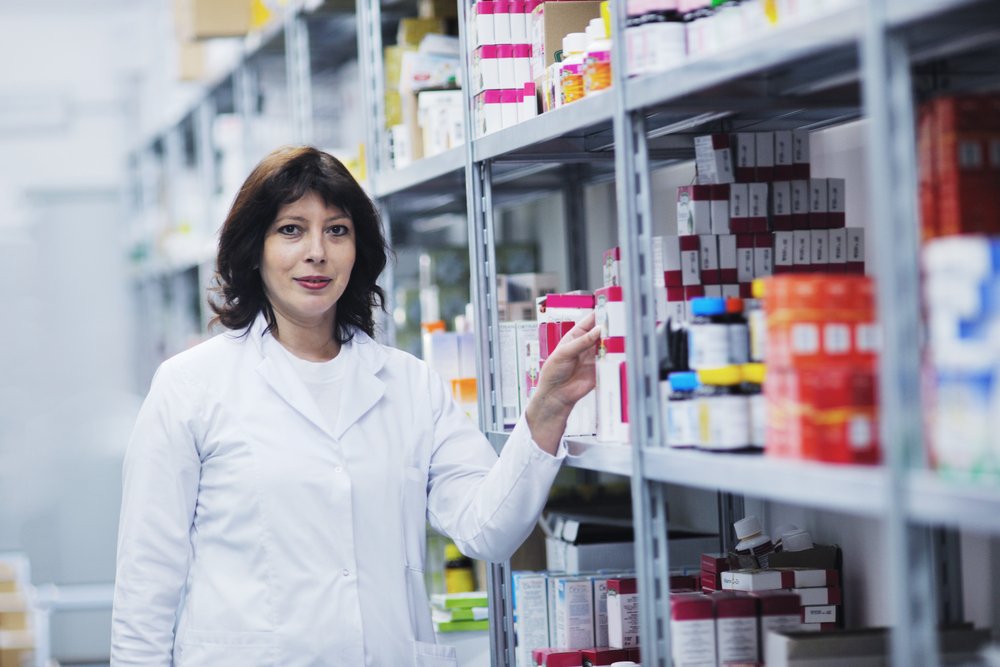
Definitions of Hazardous Drugs: Part 1
With many types of drugs used in healthcare, there are various classes of drugs which are used, and some of these can be considered hazardous drugs. There is no safe level of exposure for anyone to these drugs, but they are used with some patients because the benefits of their administration are better tha n the negative results if not used.
n the negative results if not used.
A drug is classified as hazardous if it possesses at least one of the six different characteristics for hazardous drugs. The first is genotoxicity. Genotoxicity is when the drug has the ability to cause change or mutation to genetic material like DNA or RNA. A second characteristic is carcinogenicity, which is the ability of the drug to cause malignancies in humans, animal models, or both. Another characteristic is teratogenicity. This is when the drug has the ability to cause defects in fetal development or fetal malformation. A fourth characteristic is if the drug can cause fertility impairment or reproductive toxicity. If the drug can cause organ toxicity at low doses, then that drug would also be considered hazardous. Lastly, if the drug has a chemical structure and toxicity profile, which mimics a drug which is classified as hazardous based on the previous five criteria. This last criterion was added in 2004 by NIOSH to be a reminder that new drugs should be critically evaluated using existing information and extrapolating data from similar agents.
Hazardous drugs are a part of classes of drugs such as antineoplastic or cytotoxic agents, biologic agents, antiviral agents, immunosuppressive agents, and also drugs from other classes. These are drugs which are divided into these classes because their actions as drugs on humans are all similar to each other.
Adverse effects of hazardous drugs are well understood in patients. These adverse effects are often seen as outweighed by the benefits of the administration of the hazardous drug. Often times, measures are able to be put in place to help minimize or eliminate these adverse effects as well to help decrease the risk of the use of hazardous drugs.
Occupational exposure to hazardous drugs have no benefits and are even very likely to cause some very dangerous and harmful adverse effects. Occupational exposure to hazardous drugs can cause malignancies such as leukemia, Non-Hodgkin lymphoma, bladder cancer, or liver cancer. They can cause severe reproductive effects like infertility, premature delivery, ectopic pregnancy, spontaneous abortion, low birth weight, or learning disabilities in offspring. Occupational exposure to these hazardous drugs can also lead to issues with the skin like skin irritation or can lead to issues involving the neurologic system, gastrointestinal system, respiratory system, and even cause severe allergic asthma conditions. These adverse effects can be very severe from occupational exposure, so many studies have been done to help prepare healthcare workplaces for keeping their employees safe and limit the potential exposure to hazardous drugs.
Follow up with the next post to see what studies say healthcare workers should be doing to keep themselves safer from hazardous drug exposure and how even the measures they take to prevent exposure for workers can sometimes not be enough to keep the employees entirely safe.
